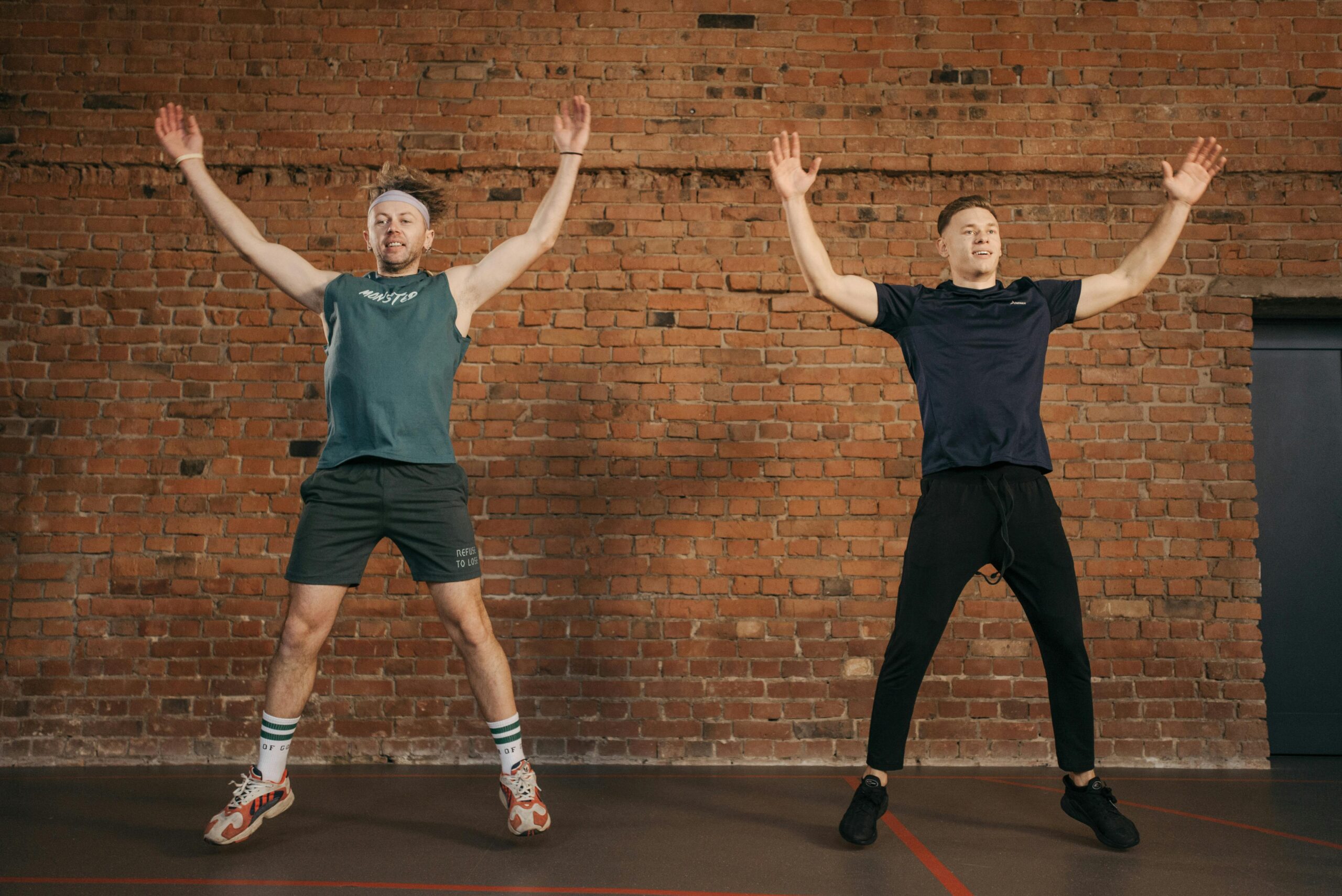The Real Difference Between Pilates and Calisthenics
When you’re looking to build strength, flexibility, and control using just your body, two names often come up: Pilates and calisthenics. But what’s the real difference between Pilates and calisthenics?
At first glance, they might seem similar. After all, both are bodyweight-focused training systems, often practiced on a mat, and both build core strength. But dive deeper and you’ll find they were built for different purposes, target the body in unique ways, and can lead to very different results.
This post breaks down everything you need to know about the difference between Pilates and calisthenics—so you can decide which one is best for your goals, or even how to combine the two.
What Is Calisthenics?
Calisthenics is a form of strength training that uses your own body weight as resistance. It includes exercises like push-ups, pull-ups, squats, lunges, dips, planks, and more advanced moves like handstands and levers.
Main goals of calisthenics:
Build muscular strength and endurance
Improve coordination and control
Develop functional, athletic movement
Eventually master advanced skills
Calisthenics workouts can be scaled for any fitness level—from beginners doing wall push-ups to advanced athletes training with one-arm pull-ups. It’s highly versatile and doesn’t require any fancy equipment to start.
What Is Pilates?
Pilates is a low-impact training system that focuses on core strength, postural alignment, flexibility, and body awareness. It was created by Joseph Pilates in the early 20th century and is widely used in both fitness and physical therapy.
Main goals of Pilates:
Strengthen deep core muscles
Improve posture and spinal alignment
Enhance flexibility and muscle control
Promote balance and breathing techniques
There are two primary types of Pilates: mat Pilates (done on a mat, using your body) and reformer Pilates (done using machines with springs for resistance). Most beginners start with mat Pilates.

Key Difference Between Pilates and Calisthenics
Now let’s get into the heart of it—the clear difference between Pilates and calisthenics lies in their purpose, training style, and how they affect your body.
1. Training Focus
Calisthenics focuses on full-body strength, especially upper-body power and explosive movements. Core strength is important, but it’s part of a larger, athletic goal.
Pilates focuses on the core first—often called the “powerhouse” in Pilates. It works to stabilize and align the body from the inside out.
2. Movement Style
Calisthenics includes dynamic, often compound movements like push-ups, dips, and pull-ups that engage multiple muscle groups.
Pilates movements are more controlled, slower, and smaller in range—aimed at muscle precision and awareness.
3. Goal-Oriented Outcome
Calisthenics builds muscular endurance, body control, and strength using progressive overload (moving from easier to harder versions of each move).
Pilates enhances muscle tone, improves posture, and helps with injury prevention or rehabilitation.
Comparing the Physical Benefits
When comparing the difference between Pilates and calisthenics, it’s important to understand what results you’ll get from each method.
Strength and Muscle Growth
Calisthenics wins here. If your goal is to build visible muscle and gain strength using your bodyweight, calisthenics offers far more intensity and progression.
Flexibility and Mobility
Pilates takes the lead. While calisthenics improves mobility as a side effect of certain movements, Pilates intentionally focuses on flexibility, joint health, and elongation of muscles.
Posture and Stability
Both systems help, but Pilates is built around posture correction and core engagement. If you have back pain, postural imbalances, or need rehab-style movement, Pilates is the better choice.
Fat Loss and Conditioning
Calisthenics can burn more calories due to the larger movements and higher-intensity training. However, Pilates can still support fat loss when combined with proper nutrition and cardio.

The Mental Component
While both can be meditative in their own way, another difference between Pilates and calisthenics is in how they impact your mind and focus.
Pilates has a strong mind-body connection. You’re encouraged to focus on breath, spinal alignment, and internal muscle activation.
Calisthenics involves focus too—especially when working on skill movements—but it’s more about external control and performance than internal mindfulness.
Who Should Choose Calisthenics?
Calisthenics is perfect for those who want:
Athletic strength and a lean physique
A workout routine you can do anywhere
A clear progression from beginner to advanced
Body mastery (like handstands or muscle-ups)
It’s ideal for people who enjoy pushing their limits, want to improve performance, and don’t mind a bit of a challenge.

Who Should Choose Pilates?
Pilates is perfect for people who want:
Improved posture and core control
Low-impact movement for injury prevention
Better body awareness and mobility
Supportive recovery or rehabilitation
It’s great for beginners, older adults, or anyone who wants to move more intentionally and safely.
Can You Combine Pilates and Calisthenics?
Absolutely. While the difference between Pilates and calisthenics is clear, the two can complement each other beautifully.
Use Pilates to build core strength, stability, and flexibility
Use calisthenics to build power, endurance, and coordination
For example, doing Pilates 2x a week for core and posture, and calisthenics 3x a week for strength and conditioning, can give you the best of both worlds.

The Final Verdict: Difference Between Pilates and Calisthenics
So, what’s the real difference between Pilates and calisthenics?
| Feature | Calisthenics | Pilates |
|---|---|---|
| Focus | Strength, power, body control | Core, posture, flexibility |
| Movement Style | Dynamic, athletic | Controlled, mindful |
| Skill Progression | Push-ups to handstands | Beginner-friendly to advanced control |
| Equipment Needed | Minimal or none | Mat or reformer machine |
| Best For | Athletes, bodyweight training fans | Beginners, rehab, posture improvement |
Both systems are excellent. The key is choosing what fits your body, goals, and training preferences.
Want More? Check These Out
Explore more bodyweight-focused guides to take your fitness to the next level:




